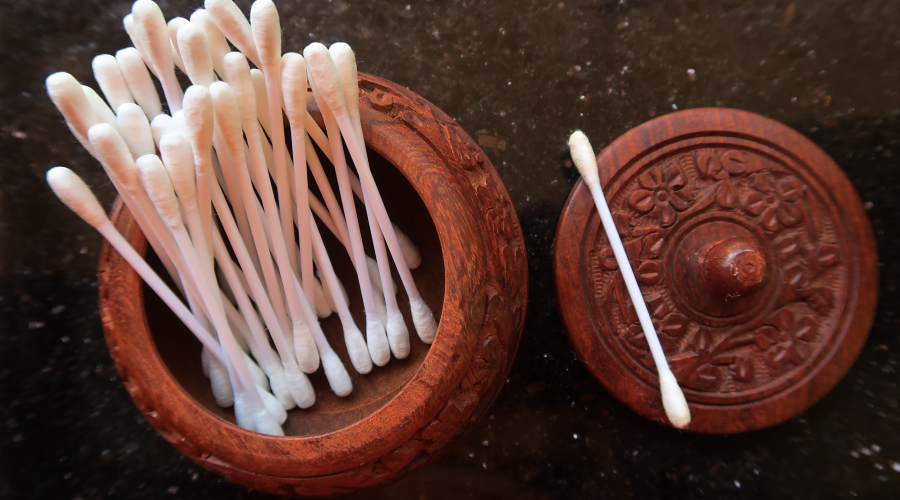

It has been reported that earwax buildup causes about 12 million patient visits and 8 million ear wax removal procedures in the United States annually. Earwax is part of human ear health, but when it accumulates in large amounts, it can lead to irritation, reduced hearing, and sometimes even infections. But how do you know if you’ve got an earwax issue? And how can it be safely removed? In this blog, we’ll talk about the various ear wax signs, the best ear wax cleaners, and ways to remove ear wax safely at home.
Ear Wax: What is it?
Earwax is a yellowish-brown secretion formed in the ear canal by ceruminous glands. Its basic purpose is to shield your ears from dirt, debris, and bacteria. It also prevents the ears from becoming too dry or itchy, which might lead to irritation or scratching being carried out vigorously.
However, when earwax builds up excessively, it can lead to discomfort and other issues, such as:
- Temporary hearing loss
- A build-up or stuffiness in the ear
- Tinnitus (also referred to as ringing in the ears)
- Dizziness or imbalance
Knowing the symptoms of earwax blockage due to buildup can assist you in treating the condition before it worsens.
Ear Wax Symptoms: When to Take Action?
While earwax usually clears itself naturally, certain symptoms indicate a need for ear wax removal at home:
- Blocked hearing: A typical sign is that one is gradually unable to hear as clearly as before.
- Pain in the ear: Tender or painful sensations may be indicative of a wax plug.
- Itching: If your skin is itchy and this continues for a long time, then this could be a result of excessive buildup.
- Odor: An unpleasant smell can be caused by trapped wax.
- Discharge: If you experience dark or yellow fluid leaking from the ear, it could signal a problem.
A survey revealed that 73% of the respondents with ear wax build-ups suffered from hearing difficulties, and 37% experienced tinnitus.
If you experience these ear wax symptoms, it’s time to consider earwax removal.
How to Remove Ear Wax Safely at Home
There are several options on how to remove ear wax. However, one should be careful not to use cotton buds as they might push the wax further into the ear canal and make the condition worse. Here are some of the alternatives for ear wax removal:
Over-the-counter ear wax cleaners:
Ear wax softening drops can be obtained from pharmacies to dissolve the built-up wax. These usually have hydrogen peroxide or saline solution. Use according to the guidelines/instructions for a painless and easy solution.
Warm Water Flushing:
Use a bulb syringe to gently irrigate your ear with warm water. This can dislodge and flush out the wax. Be careful not to use water that is too hot.
Home Remedies:
Olive oil or coconut oil can help soften the wax so that ear wax removal can be done easily and flushed out. Place a few drops in the ear and let it sit for a few minutes before rinsing.
Preventing Excessive Ear Wax Buildup
It is always safer to prevent a disease than treat it after it has developed. Here are tips to maintain healthy ears:
- Do not put anything sharp, such as hairpins, into your ears to avoid injury. cotton swabs can push the wax into the ear canal, so avoid them.
- Keep your ears dry, as moisture will lead to the growth of wax.
- If you are swimming, then don’t go without earplugs since water may enter the ears.
- Schedule regular ear wax removal cleaning appointments especially if you have frequent problems with ear wax.
Final Thoughts
Earwax serves as an essential substance for protecting your ears, but excessive buildup usually causes aches and hearing problems. Knowing how to safely eliminate earwax at home, identifying their symptoms, and using the proper tools help people maintain their optimal ear health. Remember, if the home remedies are not effective or you have more severe symptoms, it is best to seek a medical professional for proper ear wax removal Proper ear care will mean better hearing, comfort, and overall well-being.




